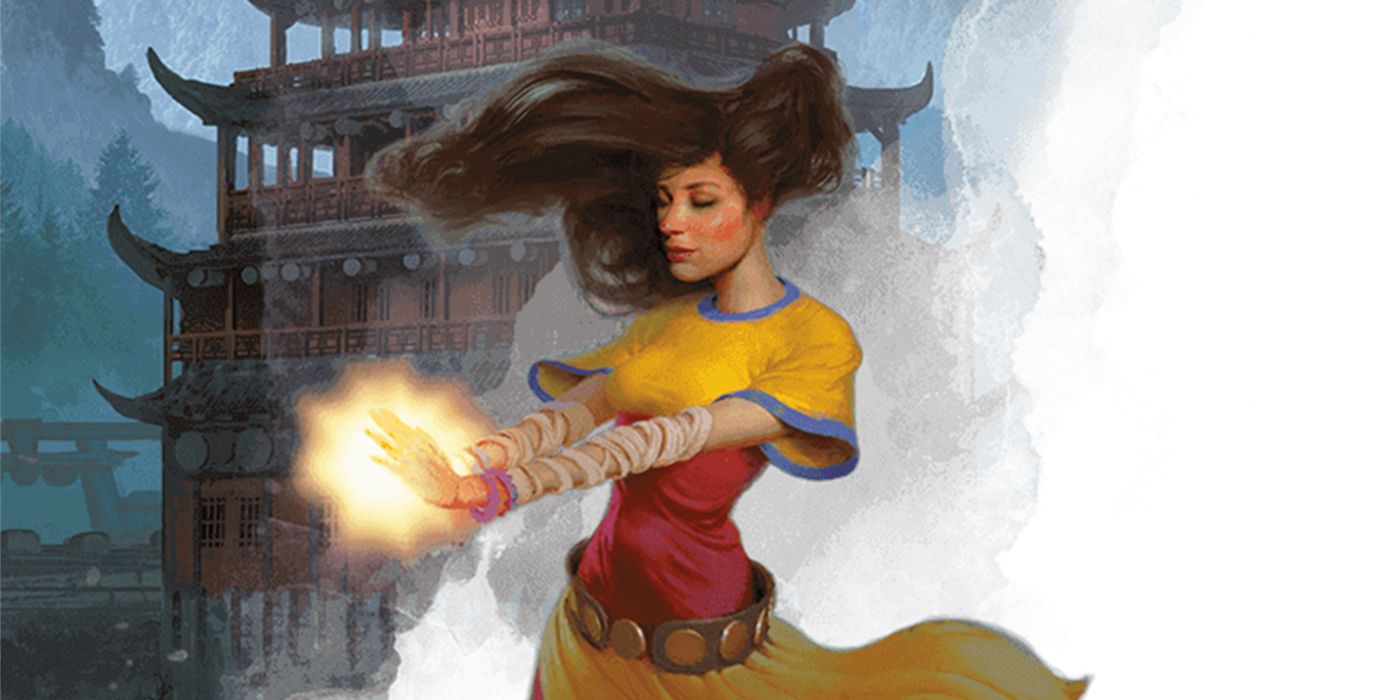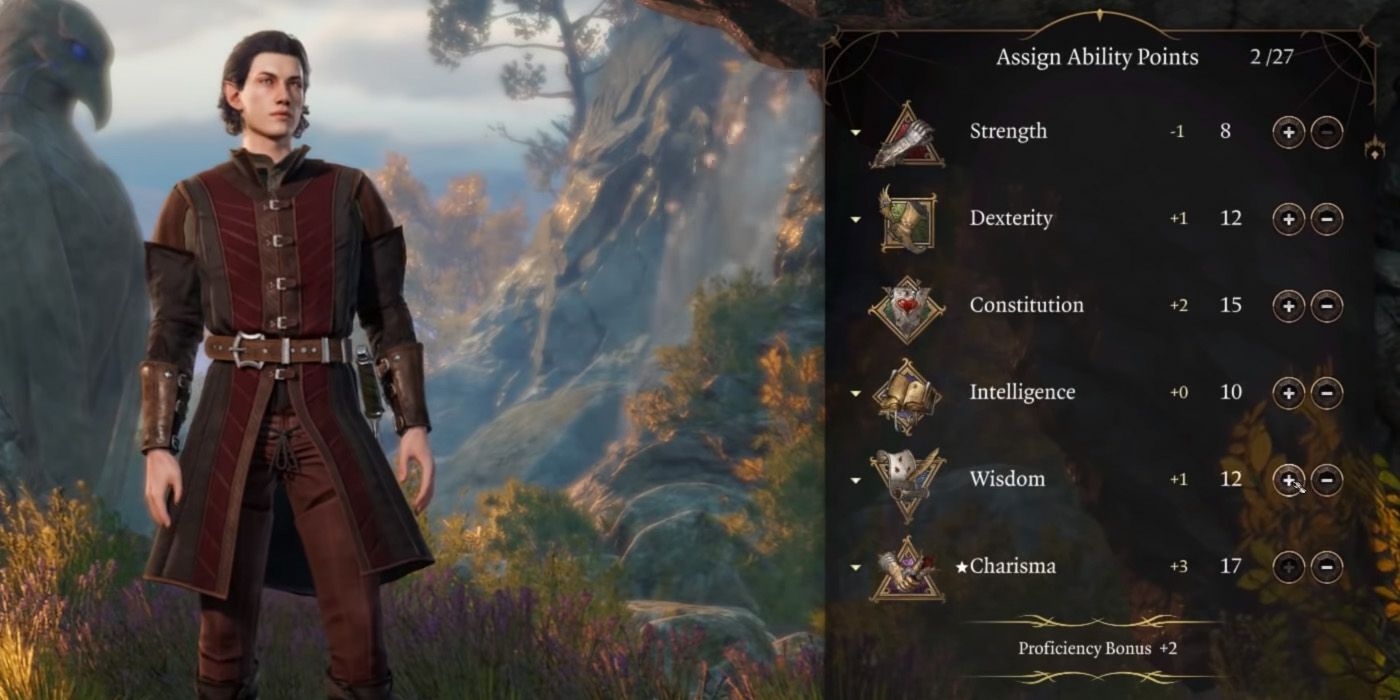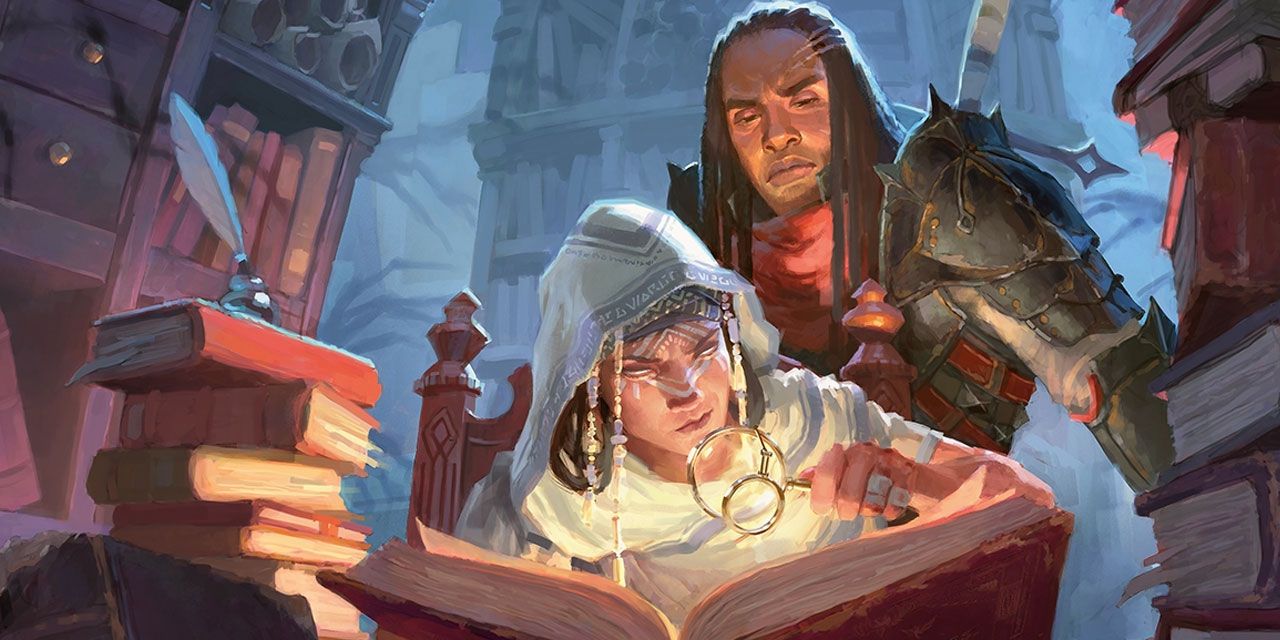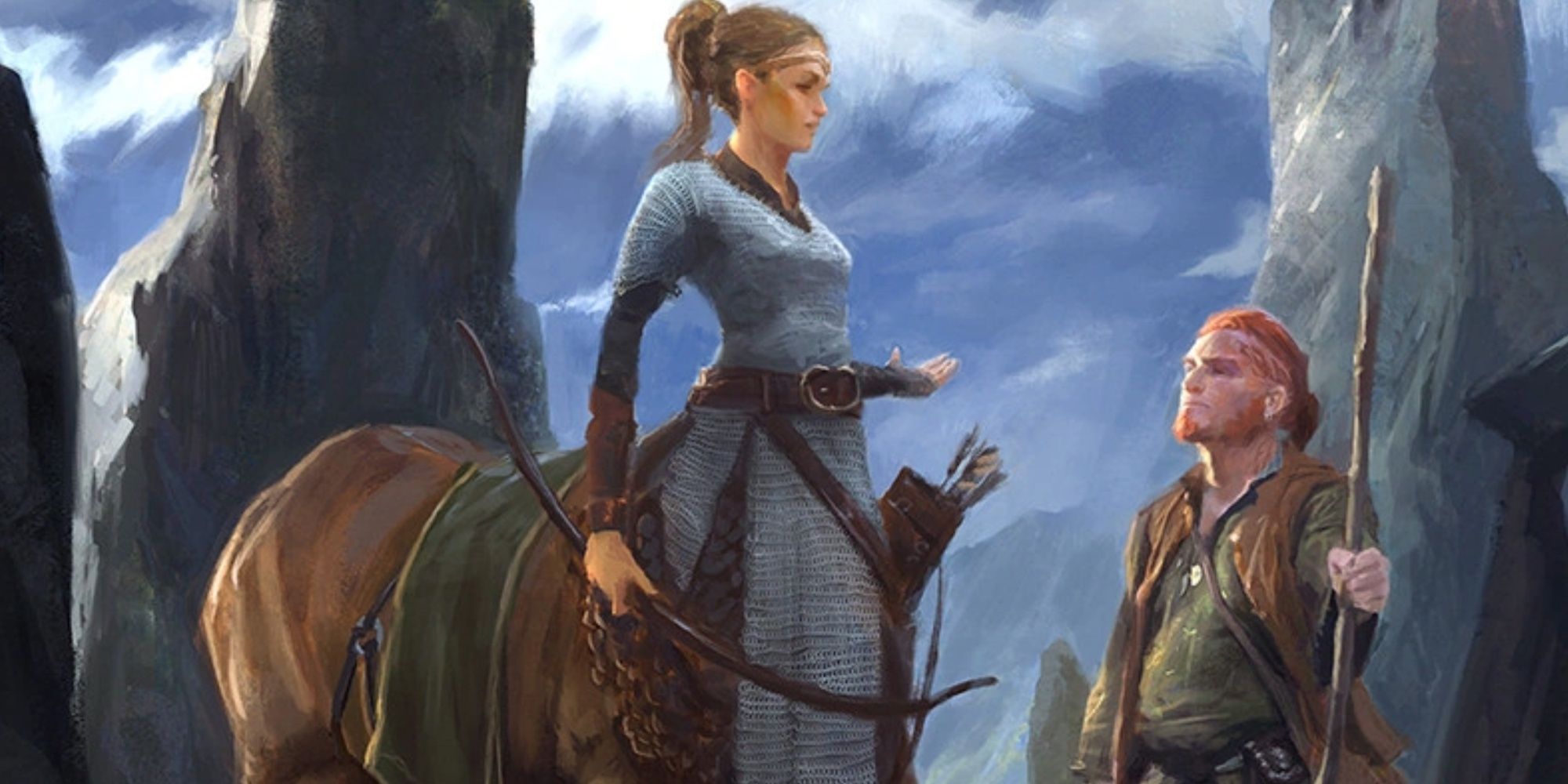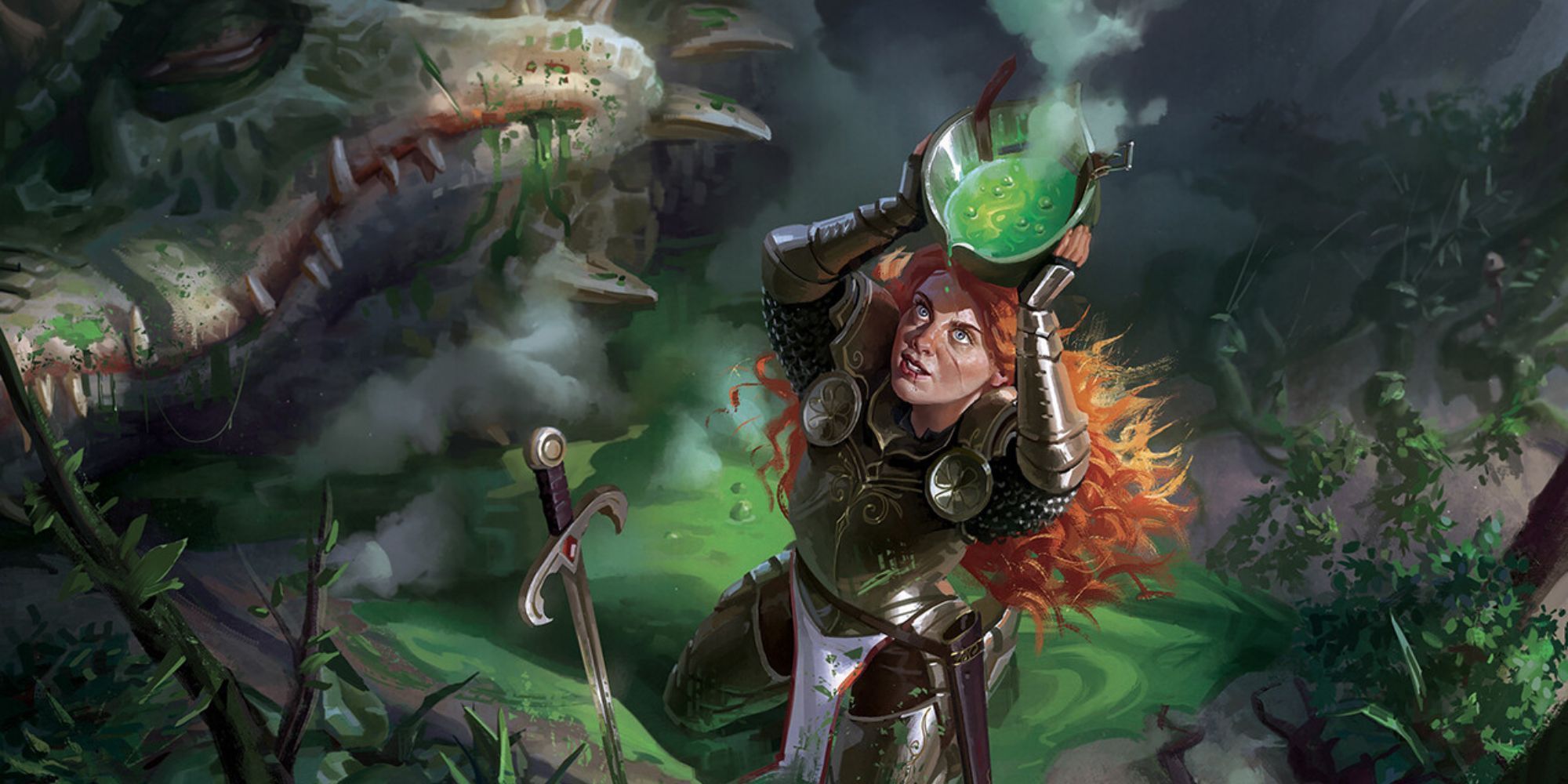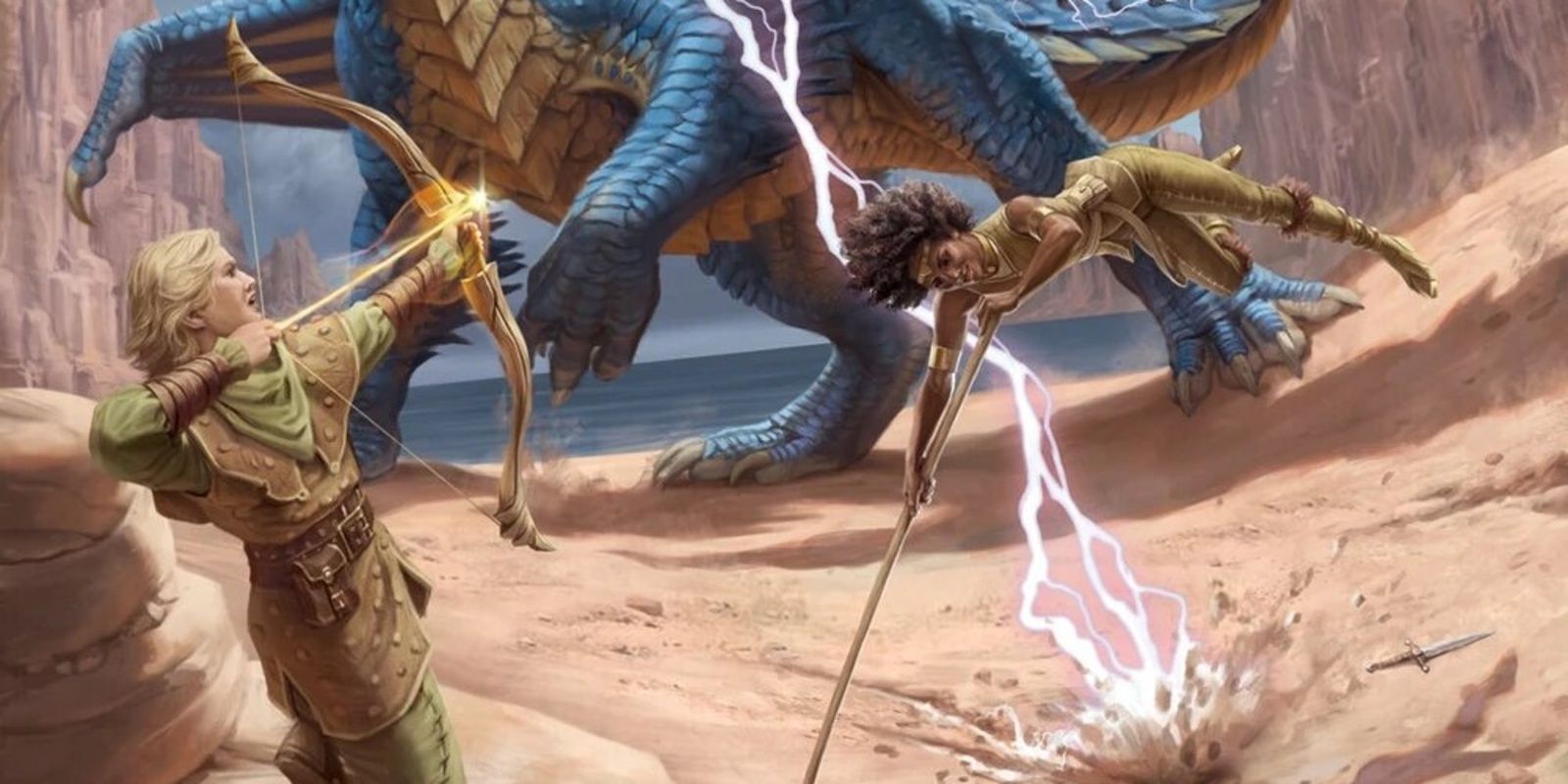Monks have come a long way in terms of their development and power as a class, especially in Dungeons & Dragons 5th edition. Where they used to be thought of as an underpowered class in D&D, they're now a unique and entertaining class, as long as players know how to put together the best Monk build for 5e.
Monks have multiple utilities in combat. They can handle support, defense, and damage dealing. It's the one class that rivals the deadly Rogue in mobility. The lack of armor and the limitation of certain weapons don't have to be liabilities with the right character build. Their ability to strike hard and fast, stunning single opponents before dodging the danger themselves, is what makes the Monk formidable in combat.
Updated on June 24, 2023, by Kristy Ambrose: A role-playing game is all about accessories and customization, so a class that doesn't use a lot of weapons or armor might not seem like a good idea at first. However, the Monk is a popular class despite these limitations. Most players see the Monk as a contemporary addition to the playable classes of D&D, but it was a playable class as early as the Blackmoor Supplement, which was released in 1975. It's gone through a lot of changes in that time, and there's new information on the best Monk builds for 5e.
Best Monk Species
Every new D&D character needs a solid base, and that's the choice of which species they'll be. Formerly known as races, the choices go well beyond the standard 5th edition. Some of the best species for a Monk in 5e, based on their bonuses and racial features, can also be found in the variety of supplemental materials available.
|
Name |
Sourcebook |
Description |
|
Wood Elves |
The Player's Handbook |
+2 Dexterity bonus and +1 to Wisdom, along with increased movement speed. Mask of the Wild is great too. |
|
Air Gensai |
Mordenkainen Presents: Monsters of the Multiverse |
Start by adding +3 to either two or three stats, plus abilities like Darkvision, Unending Breath, and Mingle With the Wind. |
|
Stout Halflings |
The Player's Handbook |
Good ability stat bonuses, plus the racial feats Lucky and Brave. Their lowered movement speed isn't ideal, but it can be improved. |
|
Hill Dwarves |
The Player's Handbook |
Gain a +2 to Constitution, an important thing to have for extra hit points, and the Dwarves' +1 to Wisdom is always good too. |
|
Eladrin |
Mordenkainen Presents: Monsters of the Multiverse |
Creatures of the Feywild, these elves can choose a season to determine the nature of their powers, which are ideal for Monks and include powers like Fey Step and increased perception. |
|
Variant Humans |
The Player's Handbook |
The perfect moldable race; players can choose which abilities to grant bonuses to, and choose a useful level 1 feat. |
|
Aarakocra |
Elemental Evil Player's Compendium |
An avian-hybrid race with bonuses to Dexterity, Wisdom, and flying speed. An Aarakocra could be the best Monk race in 5e. |
|
Harengon |
The Wild Beyond The Witchlight |
Start by adding +3 to either two or three stats, then get a boost to Dexterity and Perception with abilities like Lucky Footwork and Leporine Senses. |
|
Kenku |
Volo's Guide To Monsters |
Popularized by the character of Kiri in Critical Role. They make ideal Rogues and Clerics along with some of the best Monks in 5e. |
|
Forest Gnome |
The Player's Handbook |
This variant gets a bonus to Dexterity and the Minor Illusion cantrip in addition to the usual Intelligence buff. |
Ability Scores
After selecting race and class, it's time to assign ability scores to the character. While the most important three stats have a clear order of importance, the bottom three can get a little muddied depending on the Monk's specific role.
There's a specific formula for creating an optimal build with a certain order to Monk stat priorities in 5e. Basically, put those three stats below the others and the rest is up to players' role-playing preferences.
- Dexterity. As hinted at above, Dexterity should always be the monk's primary and highest stat, for AC, damage rolls, and attack rolls. If the dice rolls alone can do that, great. If not, well, that's what the racial suggestions above are for.
- Wisdom. The second most important stat is definitively Wisdom, for both AC and DCs, as Wisdom saving throws are extremely common. The Monk's wisdom should start around a 16, but once the Monk starts reaching higher levels, players should work on getting that score up to an 18 or even 20.
- Constitution. Following Wisdom, Constitution gets third place in a monk's scores. It's less important than the two aforementioned stats, but shouldn't be undervalued in any circumstances. That's why, if the rolls are high enough to support a good Dexterity score, Hill Dwarves are still a solid choice for a Monk.
- Strength. Nice for a melee-oriented build, but Monks don't always need it.
- Charisma. Good for ability checks, but if the party already has at least two high-Charisma characters, it could easily be the Monk's dump stat.
- Intelligence. Generally, the Monk's dump stat (even more so if the party already has a high-intelligence character like a wizard), either Strength or Charisma could replace it depending on the rest of the party's composition and the type of character players are looking to make.
Monastic Traditions
Now it's time to select the monk's most favorable monastic traditions, or in other words, their subclass. There are several official subclasses to choose from and a few other options that can be found in Unearthed Arcana, and these are some of the best choices for a Monk build.
|
Monastic Tradition |
Source |
Description |
|
Drunken Master |
Xanathar's Guide to Everything |
These monks fake out their enemies by presenting an unsteady exterior before going in for the kill, and they've got some of the best abilities out of the subclasses: Drunken Technique combines Flurry of Blows with Disengage; Drunkard's Luck is exactly what it sounds like for the price of 2 ki points; and at higher levels, Intoxicated Frenzy takes the Monk's drunken technique to a new level. |
|
The Way of the Sun Soul |
Xanathar's Guide to Everything, Sword Coast Adventurer's Guide |
These Monks train to use their Ki power to throw bolts of searing light, and it's easy to imagine how great this would be for a DPS-focused Monk build. It includes abilities with names like Radiant Sun Bolt and Searing Arc Strike. |
|
The Way of the Open Hand |
The Player's Handbook |
The Open Hand's abilities give them the most well-rounded combat options than any other subclass and utilize the monk's core abilities to maximum effect. Its key ability is the Open Hand Technique, which is plain wonderful as abilities go, and another great one is Wholeness of Body, which is basically free healing. |
|
The Way of the Shadow |
The Player's Handbook |
A choice for players who want some rogue-like abilities while still playing a monk; unsurprisingly, multiclassing a Shadow Monk with a Rogue is quite the deadly combination. The main downside is that, for all these Monks who get to stealth like a Rogue, they still don't have any ability to rival a Rogue's devastating sneak attack. |
|
The Way of Mercy |
Tasha's Cauldron of Everything |
For those that want to build a Monk as a healer or combination class, this tradition includes mercy in the form of medical aid or a swift death. Monks can get Hands of Healing and Hands of Harm at third level. |
|
The Way of the Kensei |
Xanathar's Guide to Everything |
Players that are keen on building a fighting Monk effective at close range with a variety of melee weapons should choose this monastic tradition. Choose two Kensei weapons in which to become proficient, and the choices include both melee and ranged options, along with bonuses to artistry and calligraphy skills. |
|
The Way of the Four Elements |
The Player's Handbook |
An excellent choice for a DPS-focused build, this Monk can control the elements and they know the Elemental Attunement discipline and one other elemental discipline. Spend Ki points to use these elemental powers to deal damage. |
Backgrounds
There are several ideal choices for a Monk that are based on Dexterity, so players can think about what would best fit the build they have so far when it comes to race, party role, and Monastic Tradition. Other stats like Charisma and Wisdom are important depending on the type of Monk and the role they fill.
|
Name |
Skill Check |
Description |
|
Charlatan |
Dexterity, Charisma |
Includes handy tools like a disguise kit and a forgery kit. Roll a d6 to determine the character's favorite grift, among other things. |
|
Secret Identity |
Dexterity, Charisma |
Create a secret identity that this player can use throughout the adventure, also includes a disguise kit and a forgery kit. |
|
Folk Hero |
Wisdom |
These characters emerge from small towns to fight for the common folk. Includes a set of artisan tools and proficiency in land vehicles. |
|
Outlander |
Wisdom, Strength |
Important for Athletics and Survival, plus grants the ability to play a musical instrument. |
|
Sailor |
Wisdom, Strength |
Great for Athletics and Perception, even better for the ability to use Navigator's Tools. |
|
Urchin |
Dexterity |
Perhaps your Monk came from humble beginnings, so they can move more quickly through the city streets and use Stealth and Sleight of Hand. |
Skills
Most of a Monk's must-have skills are class skills, meaning two of them can be selected during character creation simply for being a Monk. Certain choices of Background will guarantee that the Monk has some of these skills anyway, so choose carefully, and a character can easily select everything they need for the best Monk build in 5e.
|
Name |
Description |
|
Insight |
Just like in real life, this skill is based on the Monk's Wisdom. This allows a character to notice small details and use the clues they find to draw useful conclusions about locations, objects, and people. |
|
Perception |
The ability to detect, hear, or even feel things before others do is because of a good Perception skill. This can include anything from hidden enemies to a change in the weather. |
|
Acrobatics |
Based on the Monk's Dexterity score, this Skill helps your character do things like jump over fences or climb ropes, along with doing actual acrobatics. |
|
Stealth |
Also based on Dexterity, this helps a player stay hidden from enemies or sneak around guards. |
|
Insight. |
Related to Wisdom, this allows a character to tell if someone is lying or to predict their next action. |
|
Athletics |
Only a viable choice for Monks with a high Strength score, this is about using physical prowess to escape a dangerous situation, like climbing a cliff or swimming across a deep, fast river. |
|
Medicine |
Allows a player to give first aid to a companion without being a healing class, this makes sense from an RP standpoint and also makes sense with certain Backgrounds and Monastic Traditions. |
|
Sleight of Hand. |
Another Skill related to Dexterity, Sleight of Hand isn't just about performing for a crowd or picking a pocket. This can also be used to covertly place objects in certain places or move things around. |
Feats
Meanwhile, there are a few Feats that Monk players should consider above all others for the best Monk build in 5e.
|
Name |
Description |
|
Charger |
Gives the Monk a boost to their movement and speed with the Dash action, giving them a +5 bonus to their attack roll. |
|
Fade Away |
Only available to Gnomes, gives an additional +1 to either Dexterity or Intelligence, along with the option to become invisible as a reaction to taking damage. |
|
Alert |
Grants a +5 to initiative (another dexterity-based skill check) and prevents the monk from being surprised, so there's no downside to choosing it. |
|
Lucky |
Works for any build with three free redo rolls of the player's choosing per long rest. |
|
Observant |
Grants a +5 to passive perception--if players need to boost one of their monk's wisdom skills, this would be how. |
|
Resilient |
Gives a +1 to the chosen ability score and Advantage on saving throws of that ability, so choosing Wisdom for this feat is a Monk's best option. |
|
Mobile |
Grants an extra 10 feet of movement speed and prevents opportunity attacks in response to melee; for Monks, whose mobility is a key feature, this further strengthens them. |

